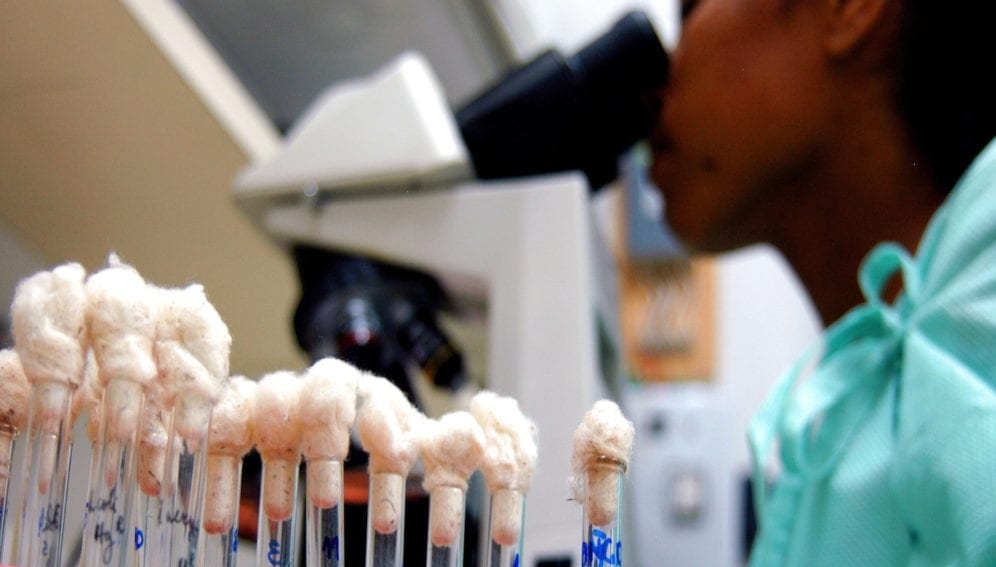By: Leslie Salgado
Send to a friend
The details you provide on this page will not be used to send unsolicited email, and will not be sold to a 3rd party. See privacy policy.
A reshuffle of the science system in Cuba reduced the number of science, technology and innovation (STI) institutions funded by the state.
This reorganization, as Cuban authorities called it, aims for “a more integral and economically sustainable management of STI”, according to legislation that came into effect in August 2014.
Prior to the legislation, 97.5% of the 232 institutions operating at the time were financed by the state; today, 60% of the 200 that are left after the reorganisation have become “enterprises or units”, according to information published by local press.
The changes are not only quantitative. As a result of this legislation, science institutions are now classified as research centres, scientific-technological service centres or development and innovation units — and this has implications for the way each institution is managed.
“Any impact from the results of scientific research requires time, typically years, to be reflected in improvements in the well-being of the population. This is the case even for the results of relatively small R&D projects.”
Emilio García Capote, Science Academy of Cuba
For example, the 18 scientific-technological service centers should, according to the new law, self-finance their work by commercialising all their products or services.
The new scenario represents a challenge for the scientific community. Emilio García Capote, member of the Science Academy of Cuba and an expert in S&T policy, believes that “it is not possible to sustain, from the budget of the state, everything that until now was financed, except social, clinical and fundamental research activities, many of which are still to be defined”.
“The researchers of the institutions that will begin to self-finance will try to face the situation realistically,” he said. “It is new to most of them.”
Several documents distributed by the Cuban Ministry of Science, Technology and Environment (CITMA) between 1998 and 2015 showed weak R&D interaction between universities and enterprises. They also showed insufficient demand by the business sector for science, according to an article published in the magazine Congreso Universidad, edited by the Ministry of Higher Education in Cuba.
According to local press, Elba Rosa Pérez, minister of CITMA, said that this change in legislation aims to direct “the [country’s] scientific potential towards the real needs of the country”.
The impact of the changes on society may not be immediate, Capote warns. “Any impact from the results of scientific research requires time, typically years, to be reflected in improvements in the well-being of the population. This is the case even for the results of relatively small R&D projects”.
This piece was produced by SciDev.Net’s Latin America and the Caribbean desk














